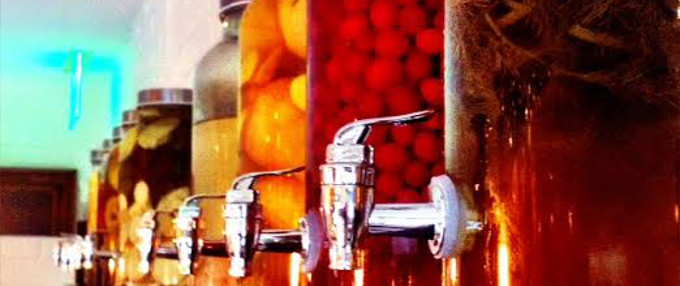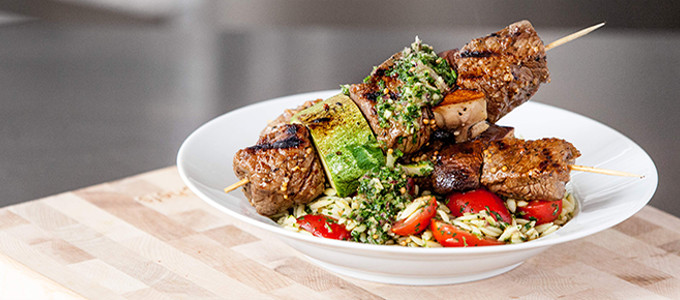For centuries, Barbaresco wine was seen as the little cousin of Barolo, and its depth and taste didn’t receive many accolades. But after the first world war, dedicated producers started to invest more time and effort in making Barbaresco. The actions brought increased attention to the wine and made it one of Italy’s most excellent.
The Origin of the Wine
Barbaresco was in production for a long time, with the fully-formed structure in place since 1894. Soon, Barbaresco wine started to come into being without much fanfare. People didn’t quite get the wine back then. The misfortune continued, with World War II putting a halt to the wine’s production.
Right after 1950, a new group of winemakers started to work with Barbaresco wine again. But, this time, their path was different. Keeping in mind wine lovers and their recommendations, the farmers went on a more organic method. The outcome was fabulous. The wine got its unique flavour, bolder and fruitier than ever before.
The making process
Barbaresco uses pure Nebbiolo grapes. But the main difference is in the places and soil where it grows. While other wines need a much matured and tannic taste to their grape, Barbaresco has a more fruity and earthy tone. A red hue of ruby is what the producers try to achieve. That is why a hot climate and lower stiff soil is perfect for Barbaresco grape production.
After the grapes are fermented for 24 months, it does another twelve months in the oak barrels. This polyphonic maturation of the grape and fermentation makes the wine unique from other wines of the same region.
Three regions with different notes
Though Barbaresco is made in a lot of places now, there are three central regions. Each of these three regions has some distinguishing characteristics that allow the wine to taste purely different, albeit with some signature notes that make the label stand out.
Barbaresco is responsible for most of the wine production. More than forty-five per cent of its eponymous wine comes from here. The slightly light red colour and aromatic taste give the wine its signature taste. Although the colour is a little light, the taste is on point; the wine is robust in structure.
If you are looking for a deep tasting, more tannic flavoured Barbaresco, then Neive is the place to look for. Neive is responsible for thirty percent of Barbaresco. The site also grows other varieties of grapes. The wines here have a more bold and tannic taste. If you want something heavy, this would be the perfect option.
Treiso comes third and produces twenty per cent of Barbaresco. Its hilltop region gives the wine a lighter, more inviting taste. As a result, the wine is more suited for people who drink only occasionally.
The variety is enormous for Barbaresco, making it a fabulous wine for a wider audience. So, whether you are an amateur appreciator or a seasoned taster, the great Barbaresco wine won’t disappoint.







